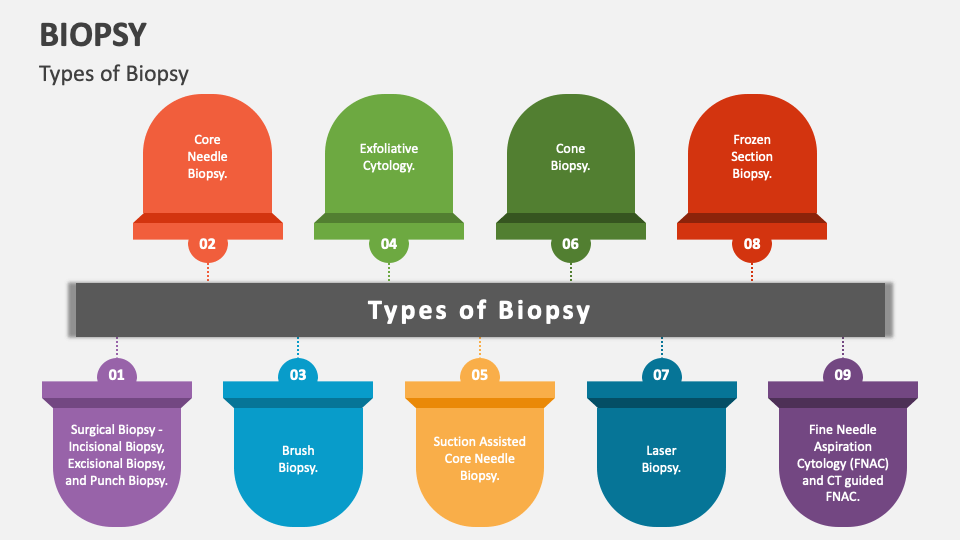When facing potential health concerns, biopsies play a crucial role in diagnosing and understanding various conditions. A biopsy involves taking a small sample of tissue from the body for examination under a microscope. This procedure helps doctors make accurate diagnoses and determine appropriate treatment plans. Here, we explore some common types of biopsies and what patients can expect during these procedures.
- 1. Needle Biopsy:
- 2. Punch Biopsy:
- 3. Endoscopic Biopsy:
- 4. Surgical Biopsy:
- What to Expect During a Biopsy:
- After the biopsy, you may experience:
- Why Biopsies Are Important:
1. Needle Biopsy:
One of the least invasive biopsy methods, a needle biopsy involves using a thin needle to extract tissue or fluid samples from the body. This procedure is often guided by imaging techniques such as ultrasound or CT scans to pinpoint the exact location of abnormal tissue. Patients may experience minimal discomfort and usually do not require stitches afterward.
2. Punch Biopsy:
Used for sampling skin lesions or abnormalities, a punch biopsy involves removing a small, round section of tissue using a circular blade. This method is quick and typically performed under local anesthesia. Patients may feel a slight stinging sensation during the procedure, but discomfort is usually minor and brief.
3. Endoscopic Biopsy:
Endoscopic biopsies are conducted during procedures such as a colonoscopy or an upper endoscopy. A flexible tube with a camera (endoscope) is inserted into the body to visualize the internal organs. Using special tools passed through the endoscope, doctors can take tissue samples for examination. Patients may receive sedation to minimize discomfort and may experience mild soreness afterward.
4. Surgical Biopsy:
In cases where a larger tissue sample is needed or when other biopsy methods are inconclusive, a surgical biopsy may be performed. This procedure involves making a small incision to remove part or all of the abnormal tissue. Depending on the location and complexity, patients may undergo local or general anesthesia. Recovery time can vary, and patients may need stitches to close the incision.
What to Expect During a Biopsy:
Before the biopsy, your healthcare provider will explain the procedure, potential risks, and benefits. Depending on the type of biopsy, you may receive specific instructions such as fasting beforehand or adjusting medications. During the procedure, medical staff will ensure your comfort and safety, using anesthesia or sedation as needed.
After the biopsy, you may experience:
- Mild Discomfort: Some soreness or tenderness at the biopsy site is normal and can usually be managed with over-the-counter pain relievers.
- Activity Restrictions: Depending on the type of biopsy, you may be advised to avoid strenuous activities or heavy lifting for a short period.
- Follow-Up Care: Results from the biopsy can take several days to a few weeks. Your healthcare provider will discuss the findings with you and recommend further steps if needed.
Why Biopsies Are Important:
Biopsies provide crucial information that guides medical decisions and treatment plans. Early detection through biopsy can significantly improve outcomes for various conditions, including cancer and autoimmune disorders. It’s essential to follow your healthcare provider’s recommendations and attend follow-up appointments to monitor your health.
Conclusion:
Biopsies are valuable tools in modern medicine, offering precise insights into tissue abnormalities. By understanding the types of biopsies available and what to expect during the procedure, patients can approach these diagnostic tests with greater confidence and preparedness. If you have concerns about a biopsy or need more information, don’t hesitate to discuss them with your healthcare provider.
Remember, timely medical evaluation and diagnosis can make a significant difference in managing your health effectively. Stay informed and proactive about your healthcare needs.

